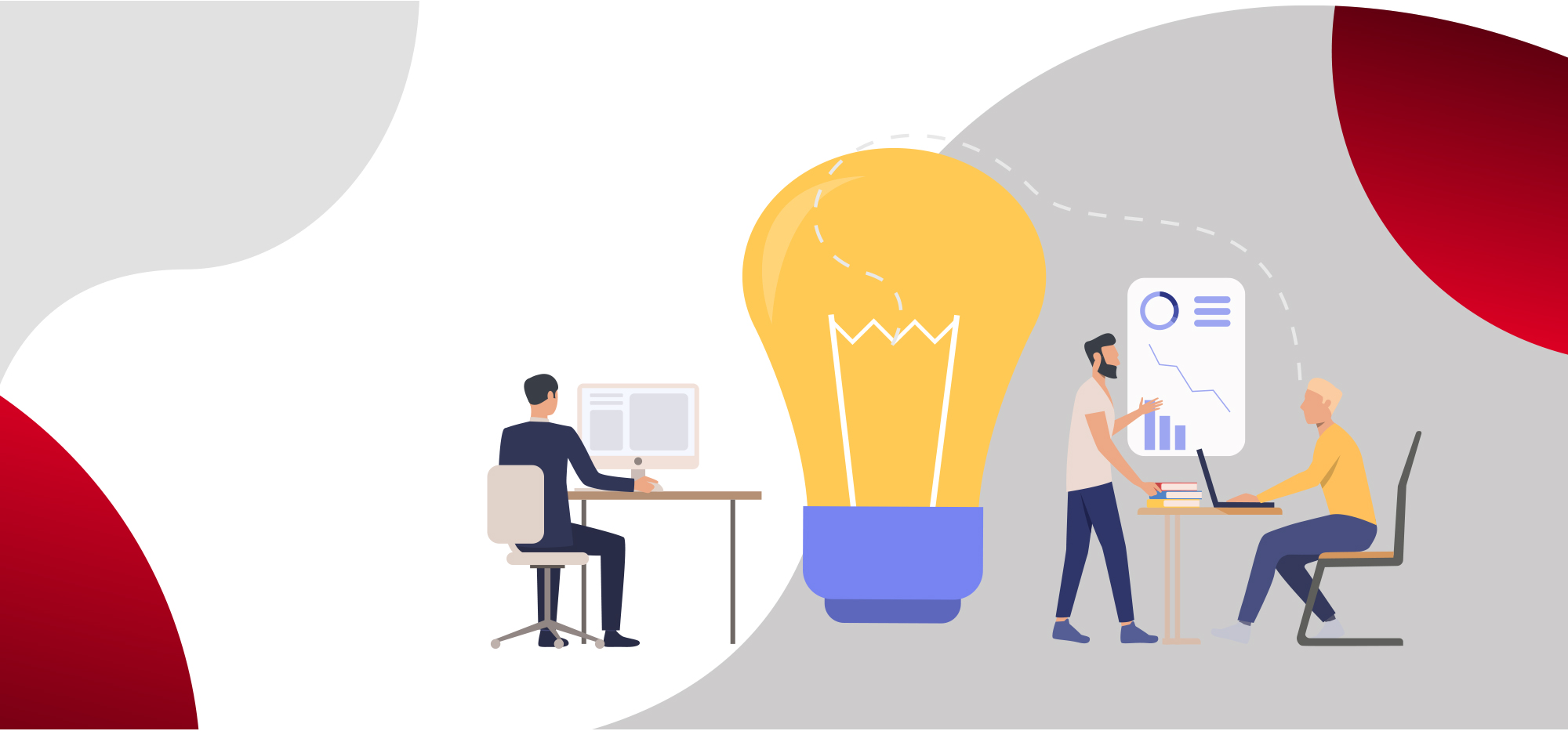In the era of industry 4.0, the Government of Indonesia has been highly committed to the utilization of digital technology to improve the quality of public service to Indonesian citizens. This commitment can be seen in digital initiatives in services such as passport application, tax filing, and driving license renewal.
Implemented properly, digital technology adoption will not only help the government to deliver faster service, but also save costs. However, technology adoption cannot be carried out sporadically, and the government needs to formulate comprehensive strategy to deliver optimal digital transformation.
Comprehensive digital transformation in the government sector will change the bureaucracy operations to be able to give improved service to the public, including businesses and organizations.
Cloud Computing and Digital Transformation
In planning and executing digital transformation, cloud computing should be included as a part of main strategy. Agility and flexibility offered by cloud computing play a key part in driving digital transformation, along with the benefits such as better cost structure, cost savings, and security improvements.
Cloud computing allows more attention and resources focused on more important subjects, thus allowed government institutions to develop innovations and improves the quality of service. Also, responses and feedback from citizens and organizations can be followed up more quickly.
Obstacles
In practice, there are various obstacles in executing digital transformation in the government structure, particularly in the implementation of cloud computing. In many organizations, the use of technology can be helpful in easing up the burden of system maintenance and administration. However, the necessary expertise and skills to utilize cloud technology are still lacking within bureaucracy and government institutions.
Institutions, including public service providers, are also finding difficulties in choosing reliable, world-class cloud computing providers. Institutions are required to comply with existing regulations such as PP 82/2012 about electronic transaction systems. This government regulation addresses, among others, governance of strategic electronic systems (necessary for some types of government institutions), and requirement of database hosting in the territory of Republic of Indonesia. Management or ownership of large-capacity database needed for public data calls for expensive infrastructure investment, human resource, and data security, not to mention accountable governance.
Another obstacle faced by institutions wishing to adopt cloud computing is the disparate management of information technology budget for government. Bappenas (National Planning Agency) is responsible for planning but Kemenkominfo (Ministry of Communication and Informatics) designs the IT architecture. LKPP (National Public Procurement) handles procurement, and meanwhile the audit task is held by BPK (Audit Board of Indonesia) and KPK (Corruption Eradication Commission).
Each government institution has different peak times in terms of workloads. For example, the directorate general of taxation will be most busy in tax filing period (March-April), while Ministry of Religion will have the highest workload in Hajj season.
Non-existent integration between departments (information silos) is another common obstacle, often found in the bureaucracy. The silos cause difficulties when a ministry or a unit need quick access to information from another ministry or unit, and in turn hamper the civil servants who want to carry out their duties to serve the public.
The keys of success in implementing cloud solution in government institution is the preparation stage to implement the technology. This preparation includes technical aspects, human resources, procedure, and regulation compliance. Some government institutions see cloud computing as a long-term strategy to modernize public service, but other institutions tend to focus on direct, short-term benefits of innovation development and cost savings.
Adoption of cloud computing in the government also dwell in the classification of electronic documents. Low-category (unclassified) electronic documents can be served from public cloud providers, while high-category (classified) documents must be placed within a government cloud provider shared by various institutions. Strategic documents must be housed in on-premise installations by the respective government institutions.
Benefits
Government cloud solution from Telkomtelstra can help solve the problems faced in executing digital transformation to improve the quality of public service. The government can reap the various financial benefits of cloud computing such as cost efficiency, cheaper initial investment, and pay-as-you-go model that only charges users based on usage.
Because the government cloud is used together, the institutions is able to share the computing resources with other government entities, and in turn will encourage more efficient information utilization. Resources will be optimized and allocated efficiently to ensure the most productive outcome from each department.
For example, in tax filing period, Directorate General of Taxation can utilize maximum computing resources of government cloud. In turn, in national examination and new academic school year, these computing resources will be mostly employed by Ministry of Education.
Because the computing resources are shared, government institutions will be motivated to cut through the existing information silos. Collaboration and integration between public-sector departments will be easier to carry out. With the help of expertise and service offered by Telkomtelstra, the government institutions can focus on their main duty, the innovation in public service.


